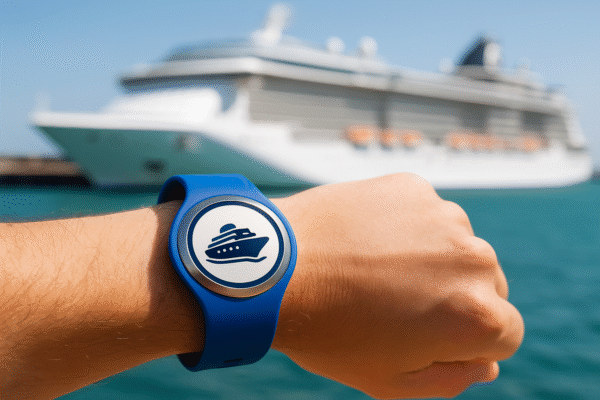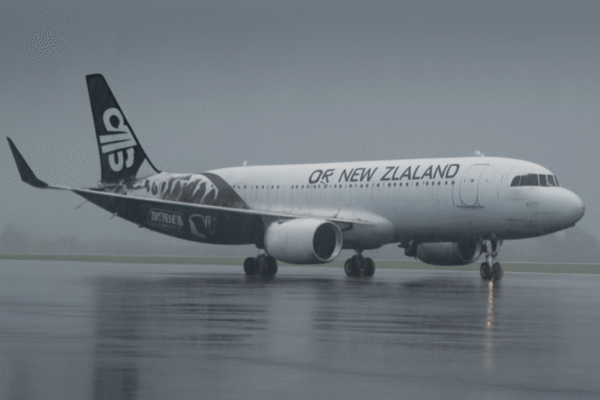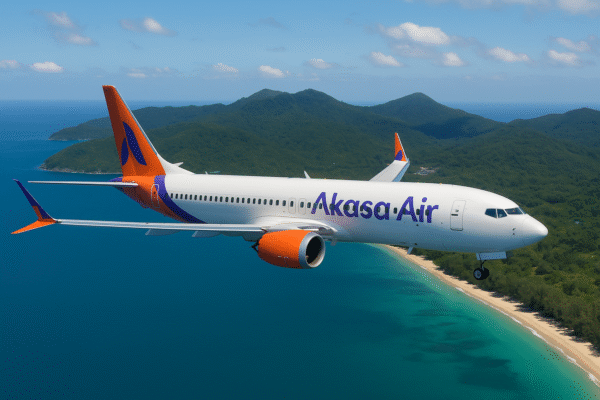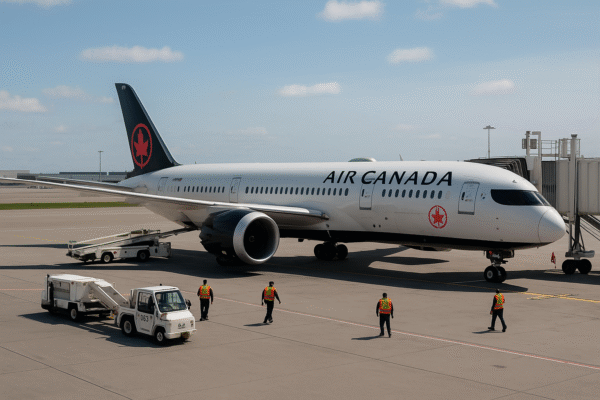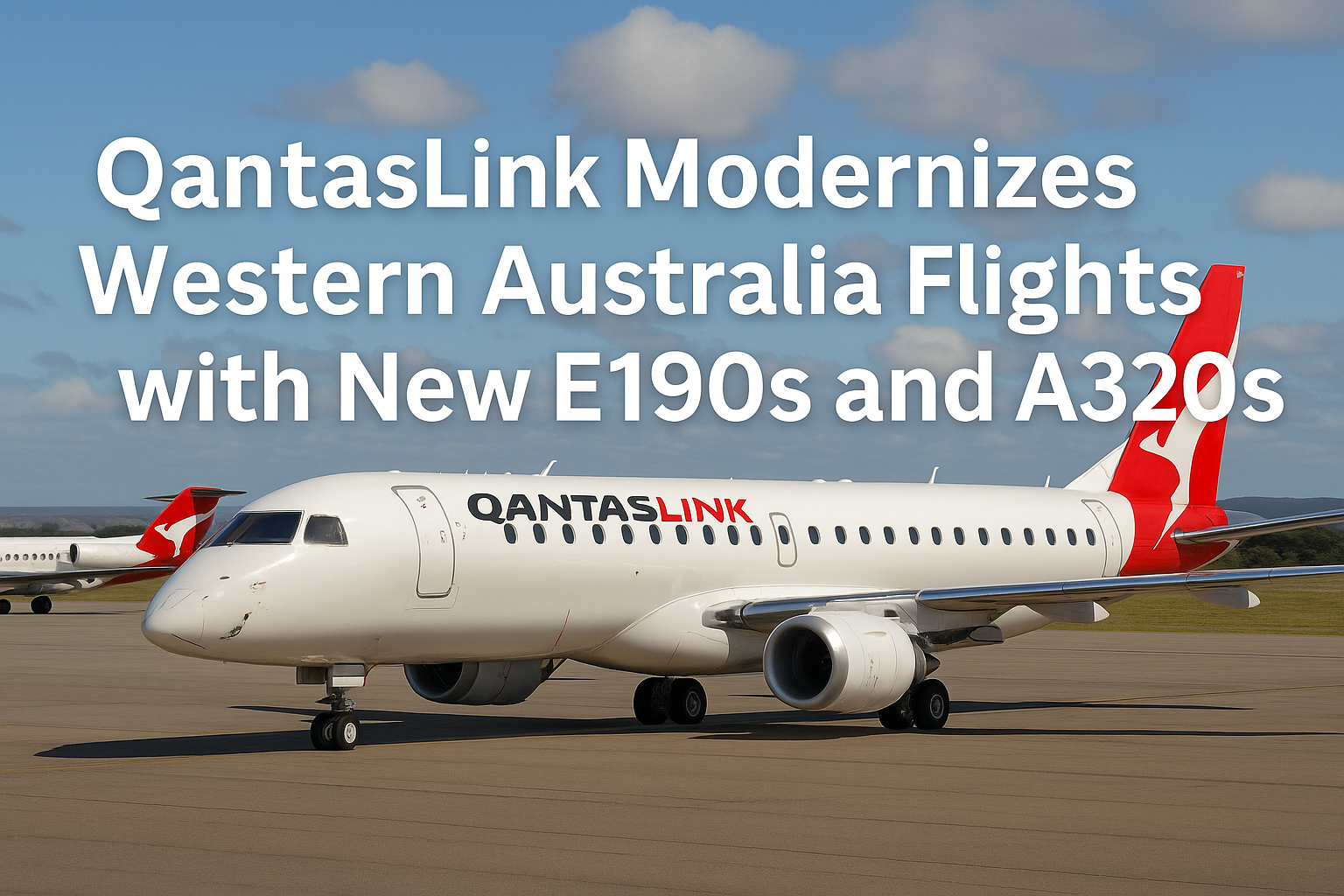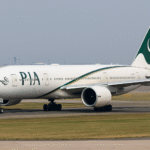In a bold move to reinforce regional connectivity and aviation sustainability across Western Australia, QantasLink—the regional subsidiary of Qantas Airways—has announced the phased replacement of its aging Fokker F100 aircraft with modern Embraer E190 jets. Simultaneously, the airline will introduce Airbus A320 aircraft to further elevate the region’s air service capabilities, catering to the evolving demands of both passenger transport and the thriving resources sector.
This multi-fleet investment underlines QantasLink’s long-term commitment to improving air services across Western Australia’s vast and geographically dispersed communities.
Replacing the Fokker F100: A New Era Begins
The Fokker F100s, which have reliably served QantasLink’s regional network for decades, are now approaching the end of their life cycle. These aircraft have become increasingly expensive to maintain, especially amid rising aviation sustainability demands and fuel efficiency concerns.
To address this, QantasLink will acquire up to 14 mid-life Embraer E190s, which offer fuel savings, quieter operations, and enhanced passenger comfort. These aircraft are well-suited to regional Australian routes, providing the range and capacity needed for long distances between key Western Australian centers such as Perth, Broome, and Kalgoorlie.
According to Qantas Group officials, the first Embraer E190 is expected to enter service by late 2026, with final delivery timelines to be confirmed in the coming months.
Embraer E190: A Strategic Upgrade
The Embraer E190 is widely recognized for its balance of performance, economics, and passenger appeal. Configured to carry approximately 100 passengers, it delivers a quieter, smoother ride, while offering lower operational and maintenance costs.
Qantas already operates 29 E190s leased from Alliance Aviation, primarily for domestic routes. By expanding the use of this aircraft within QantasLink’s Western Australia operations, the airline can leverage its existing knowledge, streamline crew training, and ensure quicker deployment across its extensive route map.
Network Aviation: Operational Backbone for the Expansion
Based in Perth, Network Aviation—a wholly owned subsidiary of Qantas—is central to the deployment of the new aircraft. This unit currently manages a mixed fleet of Airbus A320s, A319s, and F100s, serving both commercial passengers and charter flights to mining and energy hubs across Western Australia.
The Embraer E190s will be operated by Network Aviation, ensuring continuity, local maintenance, and a strong understanding of the regional terrain and logistical challenges. These aircraft are particularly vital for servicing remote operations in the Pilbara and Goldfields, where air travel is critical for economic productivity.
Airbus A320s Join the Fleet
In tandem with the E190 rollout, QantasLink is introducing four Airbus A320s, repurposed from the fleet of Jetstar Asia (formerly based in Singapore). These aircraft, known for their efficiency and cabin space, will gradually replace older F100s in Network Aviation’s fleet.
Three of the A320s are expected to enter service by the end of this year. Their inclusion adds capacity and versatility for routes requiring higher passenger loads or charter flexibility, making them ideal for fly-in-fly-out (FIFO) operations and longer regional journeys.
Enhancing Passenger Experience and Sustainability
The transition to E190s and A320s isn’t just about operational metrics—it’s also a leap forward for passenger comfort. Travelers in regional Western Australia will benefit from:
- Improved cabin layouts
- More efficient boarding and deplaning
- Reduced cabin noise
- Modern interiors and ergonomic seating
On the sustainability front, both aircraft types offer significant fuel efficiency gains compared to the F100s, supporting Qantas’ net-zero carbon goals by 2050.
Strengthening Western Australia’s Regional Economy
Air travel is a lifeline for many communities and industries across Western Australia. From transporting tourists to Margaret River and Exmouth, to flying FIFO workers into the Pilbara’s iron ore fields, reliable air service is essential.
The new aircraft will not only enable increased frequency on key routes but also introduce new potential connections between secondary hubs—such as Geraldton, Albany, and Karratha—and the capital.
The resources sector, in particular, stands to benefit from the enhanced aircraft fleet, which provides better scheduling flexibility and higher capacity to meet growing demand for charter and worker transport.
Looking Ahead: Modernization and Market Confidence
QantasLink’s modernization strategy sends a clear message: regional passengers deserve the same quality and reliability as their metropolitan counterparts. By replacing legacy aircraft with fuel-efficient, newer-generation jets, the airline demonstrates its intent to invest in long-term regional aviation infrastructure.
This forward-looking approach will help future-proof QantasLink’s services against both economic volatility and regulatory changes linked to carbon emissions and aviation noise standards.
Conclusion
With the introduction of Embraer E190s and Airbus A320s, QantasLink is set to transform regional air travel in Western Australia. The decision to retire the aging Fokker F100s in favor of modern, eco-conscious aircraft signals a bold step toward better service, stronger connectivity, and sustainable aviation growth.
As delivery of the first E190 nears in late 2026 and additional A320s join the fleet, Western Australia’s skies are poised for a quieter, more comfortable, and more connected future—powered by one of Australia’s most trusted airline brands.
For more travel news like this, keep reading Global Travel Wire


